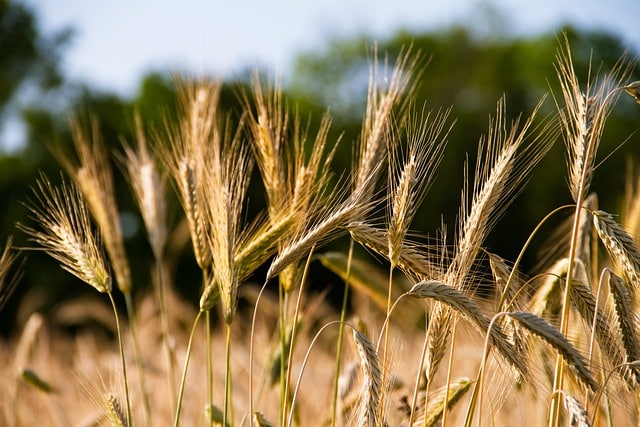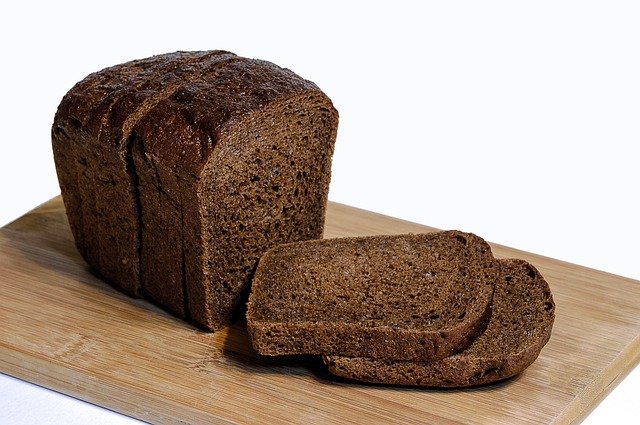
Rye is a plant that is part of the grass group.
With etymological origin in the Latin centēnum , in turn derived from centum (which translates as "one hundred" ), rye is a term that refers to a plant from the family group of grasses . Its scientific name is Secale cereale .
Similar to wheat , rye is usually grown for fodder or to use its grains . Specimens can reach a height of up to two meters.
Rye throughout history
It is estimated that the wild growth of rye began in the territory currently occupied by Turkey and in surrounding areas. Archaeological records show that this plant has been cultivated at least since the Neolithic .
Historians believe that from Turkish soil it expanded westward, establishing itself in Europe . In any case, it was usually combined with wheat, which was much more valued. From the Middle Ages onwards, the species began to enjoy a greater reputation and became a cereal frequently used for the production of bread .
Main features
The stem of rye is flexible and has considerable strength. Its leaves are thin and elongated, while its inflorescence is a spike from which the grains can be separated without effort.
While many cereals require nutrient-rich soil for growth, rye does not have great demands. It can grow in places with abundant peat and sand and also resists low temperatures.

Rye bread is characterized by its dark color.
Ergot, a dangerous fungus that affects rye
Different fungi, bacteria, viruses and animals can affect rye. The best known is ergot , a parasitic fungus that destroys its flowers and can cause serious illness in humans .
When a person eats ergot-infected rye, they can get ergotism . This is the name given to a series of symptoms that range from seizures and hallucinations to the acquisition of acute arterial insufficiency that can lead to death .
Historical records reveal that, in the Middle Ages , ergot epidemics coincided with an increase in witchcraft trials . Therefore, it can be deduced that the symptoms of ergotism were associated with supernatural events.
Today, thanks to cleaning processes and modern rye milling methods, the incidence of ergot has fallen dramatically. In any case, there is a risk of contamination of the bread if the fungus was not eliminated in the stage prior to grinding and obtaining the flour.
Uses in food
As we already indicated, flour is made from rye grain, which in turn is used to make bread. Rye bread , which is often called black bread because of its color, stands out for its fiber content.
On the other hand, rye bread has a low glycemic index. This makes it a valid alternative for individuals who suffer from diabetes .
The fermentation of rye grain, meanwhile, makes possible the production of various alcoholic beverages. There are whiskeys , vodkas and beers that are made from rye.
